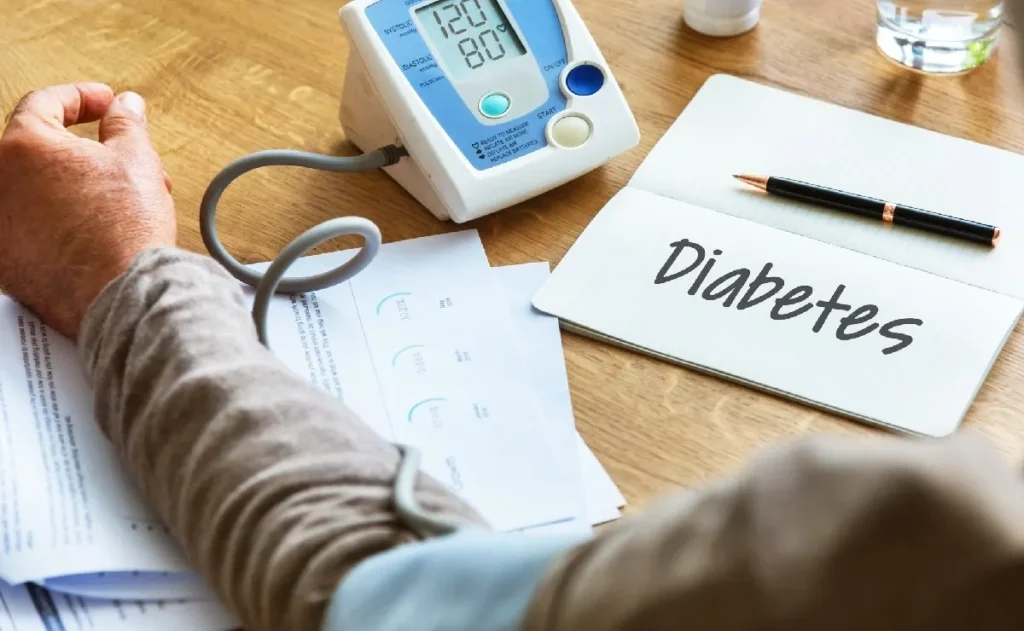Adopting a healthy diet, exercising, and controlling your weight can reduce your risk of developing type 2 diabetes by up to 58%, according to health experts.
Modifying your diet , increasing physical activity , and controlling your body weight can reduce your risk of developing type 2 diabetes by up to 58% , according to research such as the U.S. Diabetes Prevention Program . This chronic disease, which affects millions of people worldwide, is closely linked to modifiable lifestyle factors, so its prevention is achievable through sustained and conscious changes.
Type 2 diabetes is caused by a combination of genetic predisposition and environmental factors, with overweight, obesity, physical inactivity, and excessive sugar consumption being some of the most determining factors. Unlike other types of diabetes, this form can be prevented through comprehensive strategies that promote metabolic balance.
Adopting a healthy diet is one of the pillars of prevention. This doesn’t mean following a strict regimen, but rather opting for fresh, whole foods low in simple sugars. For example, it’s recommended to fill half your plate with vegetables, replace refined carbohydrates with their whole-grain versions, and limit consumption of ultra-processed foods. These changes, although simple, help control blood glucose levels, facilitate weight loss, and lower cholesterol.
Regular physical activity also plays a key role. Walking at least 30 minutes a day, five days a week, using the stairs instead of the elevator, or taking active breaks while sitting down are all actions that improve insulin sensitivity, reduce stress, and strengthen the cardiovascular system.
Practical tips you can apply starting today
- Replace soft drinks with plain water or sugar-free infusions.
- Plan your weekly menus before you go grocery shopping.
- Record your daily steps using an app or smartwatch and aim to achieve at least 7,000 steps a day.
Another essential component is body weight control. Even a modest 5% to 7% weight loss can significantly improve glucose levels and pancreatic function.
Setting achievable goals, monitoring progress weekly, and maintaining motivation with professional support are effective measures to achieve this.
In addition to these core actions, you can adopt complementary habits such as replacing sugary drinks with water or herbal teas, planning weekly menus, recording daily activity with mobile devices, and establishing regular eating schedules.
Initial steps to take action:
- Get an annual checkup that includes blood glucose, blood pressure, cholesterol, and waist circumference.
- Establish a fixed schedule for your meals and avoid overindulging at night.
- Invite your family or friends to join you in changing your habits: prevention in a group is more effective and motivating.
Having an annual medical checkup that includes glucose, blood pressure, cholesterol, and waist circumference tests helps detect metabolic disorders early. Involving family or friends in the change process strengthens commitment and makes it easier to maintain new habits.
With these adjustments, it’s possible to improve quality of life, reduce dependence on medications, avoid complications such as heart or kidney disease, and maintain independence for years to come.
Preventing type 2 diabetes, beyond avoiding the disease, represents an opportunity to live with greater energy, health, and well-being.

